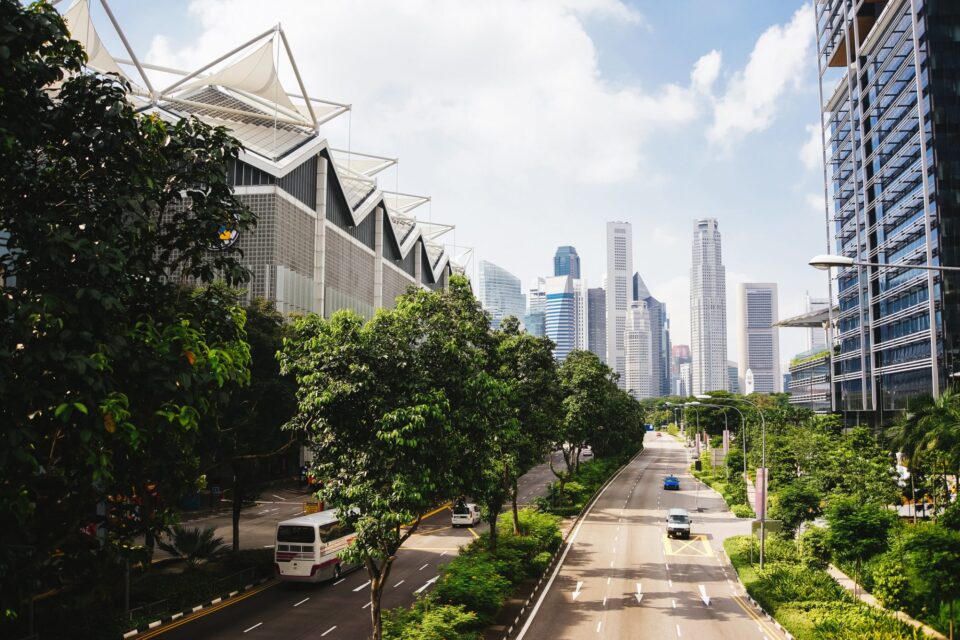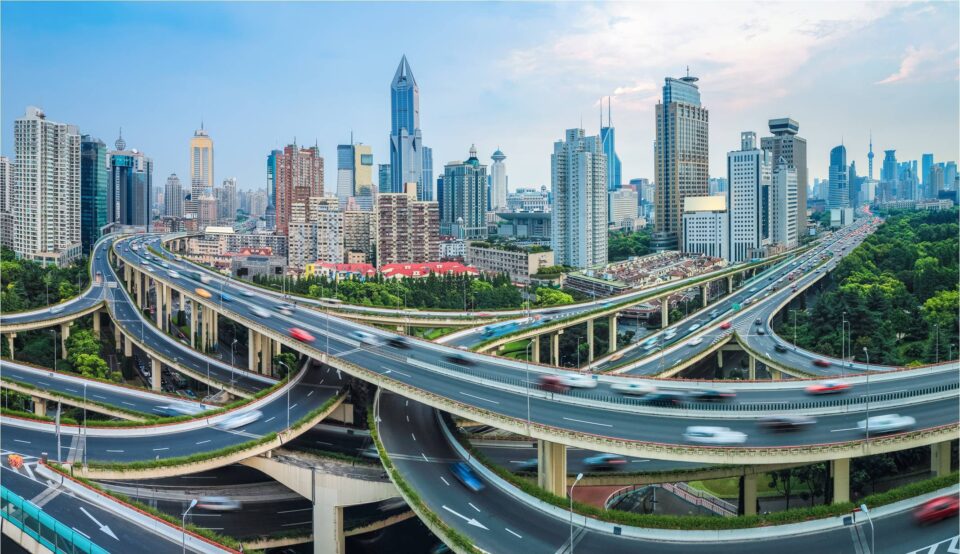The idea of smart cities has been talked about a lot in many urban centers trying to take advantage of technology and data to improve infrastructure, services, sustainability, and quality of life. An intelligent city uses ICTs, including sensors, meters, wireless networks, and data analytics, to gather, analyze and act on information in real-time.
Tips to improve the efficiency and operations of city systems and services.
Smart City Indaiatuba tech could change standard towns in several significant ways. One is through smart infrastructure that embeds computing devices within physical objects like roads, bridges, buildings, utilities, etc., so they can monitor performance and conditions. The consequence is a standard functioning preventive maintenance emergency response system that can rapidly and efficiently respond to emergencies whenever they occur.

With water usage optimization through automation leak detection coupled with remote targeted repairs, it forms a part of smart energy grids. Intelligent traffic systems also help circumvent congestion by providing suggestions for alternative routes or adjusting the signals based on real time information about traffic.
A major aspect of sustainability for smart cities is the use of sensors and internet connected devices to help identify usage patterns information concerning water, electricity waste management among others.Such big-data analyses influence policy formulation plus optimization of resource utilization. Furthermore, an intelligent water management system has helped boost national self-sufficiency while minimizing energy consumption.
Proper planning is required to avoid silted, disjointed initiatives and adequate planning is required having coherent citywide ICT architectures and open data standards allows different intelligent city systems to work in tandem.

To sum up
Of course, if properly implemented, innovative smart city initiatives are beneficial for overpopulated and stretched urban societies. The intelligent cities of the future will depend on visionary leadership, citizen participation, sustainable designs and equitable access in order to enhance services while protecting what people love about cities human connections and diverse communities
 " />
" />









